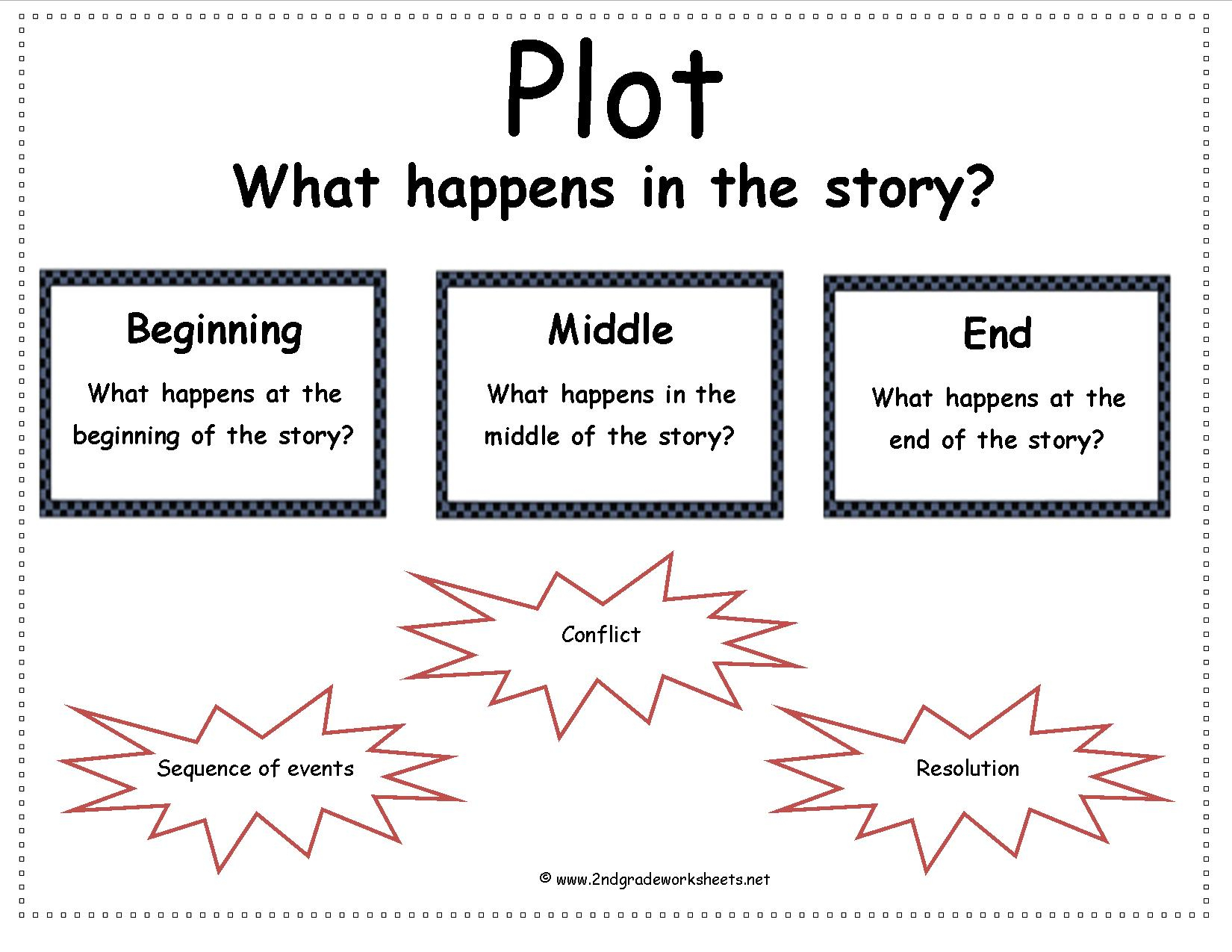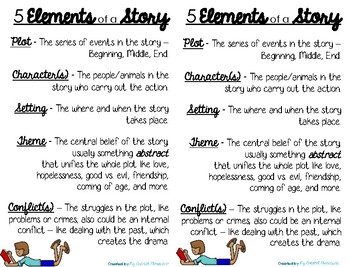

Your stories need a specific, yet varied population that accurately reflects the place. Some places are densely populated, such as Hong Kong, while others are lonely places with only a few hardy souls. The social era of a story often influences characters' values, social and family roles, and sensibilities. Cultural, political, and social influences can range widely and affect characters in many ways. Social/political/cultural environment.Important events, wars, or historical periods linked to the plot and theme might include the Civil war, World War II, medieval times, the Bubonic Plague, the gold rush in the 1800s, or the era of slavery in the South. Consider too the influences of mankind using the land, and the effects of mines, deforestation, agriculture, irrigation, vineyards, cattle grazing, and coffee plantations. These landmarks include dams, bridges, ports, towns and cities, monuments, burial grounds, cemeteries, and famous buildings. Use the influences of humankind on geography to lend authenticity to stories set in a real or famous locale. With this in mind, make certain that your stories contain proof of the many footprints that people have left in its setting. Readers want visual evidence in a story world, and man-made geography is easily included to provide it. It is in our man-made influences that our creativity and the destructiveness of civilization can be seen. There are few corners of the planet that have not been influenced by the hand of humankind. No matter where a story is set, whether it's a mountain village in the Swiss Alps or an opulent resort on the Florida coast, the natural world with all its geographic variations and influences must permeate the story. Geography can create obvious influences in a story like a mountain a character must climb, a swift-running river he must cross, or a boreal forest he must traverse to reach safety. Geography also includes climate, soil, plants, trees, rocks and minerals, and soils. This refers to specific aspects of water, landforms, ecosystems, and topography in your setting. Harsh climates can make for grim lives, while tropical climates can create more carefree lifestyles. It's especially important when you write about a real setting to understand climatic influences.

Ocean currents, prevailing winds and air masses, latitude, altitude, mountains, land masses, and large bodies of water all influence climate. Climate is linked to the geography and topography of a place, and, as in our real world, can influence events and people. Characters and events are influenced by weather, temperature, lighting, and other tangible factors, which in turn influence the emotional timbre, mood, and atmosphere of a scene. While scenes unfold moment by moment, there is also time to account for between scenes, when a flashback is inserted, and when a character travels a long distance. The minutes, hours, days, weeks, and months a story encompasses must be somehow accounted for or the reader will feel confused and the story will suffer from a lack of authenticity. Readers have clear associations with different periods of the day, making an easy way to create a visual orientation in a scene. Scenes need to play out during various times or periods during a day or night, such as dawn or dusk. Significant dates can also be used, such as the anniversary of a death of a character or real person, or the anniversary of a battle, such as the attack on Pearl Harbor. Time of year includes the seasons, but also encompasses holidays, such as Hanukkah, Christmas, New Year's Eve, and Halloween. The time of year is richly evocative and influential in fiction.

Other locales can include shorelines, islands, farms, rural areas, etc.

This relates to broad categories such as a country, state, region, city, and town, as well as to more specific locales, such as a neighborhood, street, house or school.


 0 kommentar(er)
0 kommentar(er)
